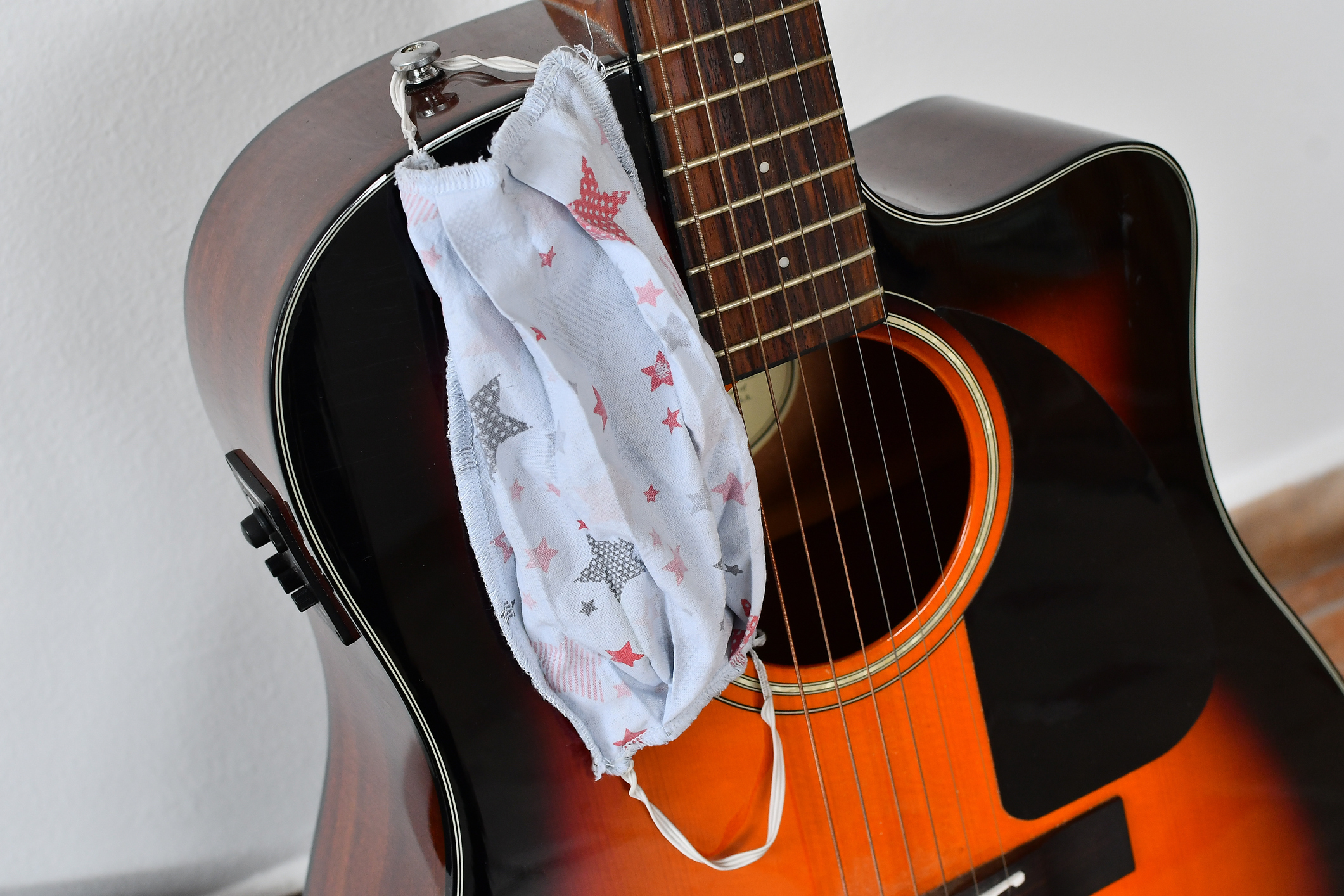UPDATED 11/20/2020
Effective Friday November 20th at 11:59 p.m. through Friday, December 18th at 11:59 p.m., the Minnesota Department of Health recommends cancelling all performances and rehearsals that would involve in-person attendance. In any event, no audience is permitted in the concert venue if performances proceed. Remember that all organizations and businesses are required to have a COVID-19 Preparedness Plan. Any rehearsals and/or performances must make efforts to limit the spread of COVID-19. This may be accomplished by following MDH recommendations, which include utilizing personal protective equipment, limiting the number of participants, social distancing and following other guidelines specific to school activities and/or worship services (as applicable).
Additional information, including discussion of risks by type of activity (e.g. wind instruments, choir) and a list of resources and recommendations can be found at the link below.
https://www.health.state.mn.us/diseases/coronavirus/musicguide.pdf
Effective July 24, 2020 Minnesotans must wear a face covering in indoor businesses and indoor public settings.
A face covering must cover the nose and mouth completely. It can be a disposable face mask, a cloth face mask, scarf, bandanna or religious face covering. Medical-grade masks are not required for people who do not work in health care or certain construction occupations. Masks with vents or valves for exhaling (such as some performance athletic designs) are not acceptable as they allow droplets to be released into the air.
Face coverings are mandatory in all indoor businesses and indoor public spaces, and while waiting outdoors to enter such a space. Masks are also required when using public transportation or taxi/ride-sharing vehicle. Masks are only required for workers who are working outside and are not able to maintain appropriate social distance from either each other or from patrons.
There are several situations when people are able to remove their face covering in order to participate in certain activities, including in indoor settings. A speaker or performer can remove their mask while talking, and performers can remove masks while playing an instrument that cannot be played while wearing a mask. However, the executive order requires that social distancing be maintained while the masks are removed. This will require some creativity to keep the performers safe while performing and still enabling delivery of an effective performance.
Performers should wear their face covering when entering/leaving the venue and if possible, backstage before going on. It might be challenging to perform while wearing masks or to keep performers separated from each other due to the nature of the performing space or the artistic objectives of the performance. Face shields could be an alternative for actors while on stage, allowing them to speak and for the audience to see their facial expressions. Face coverings could also be incorporated into the aesthetic of the production in a deliberate way. Groups might decide to perform as smaller ensembles and to design the staging elements in a way that positions performers at a distance where possible, thus limiting the number of people they would be exposed to who are not part of their household. If at an establishment where there is not clear separation between performers and patrons (and particularly where alcohol is served), it can be a good idea to use clear shields or stanchions with cords to remind audience members to maintain their distance from the performers. Venues might have additional policies for patrons, including taking everyone’s temperature as a condition of entry. Performing groups should create a plan in case any member becomes sick, including having substitute personnel available, contact tracing and policies about cancellation of the performance if it becomes necessary. If any member of a cast or music ensemble tests positive for COVID-19, it is important to let the other members know as soon as possible (be mindful of HIPAA, and do not reveal the identity of the person unless they have expressly given permission).
Click here to learn about creating a COVID-19 Preparedness Plan that complies with Centers for Disease Control and Prevention and Minnesota Department of Health COVID-19 guidelines and OSHA standards.


